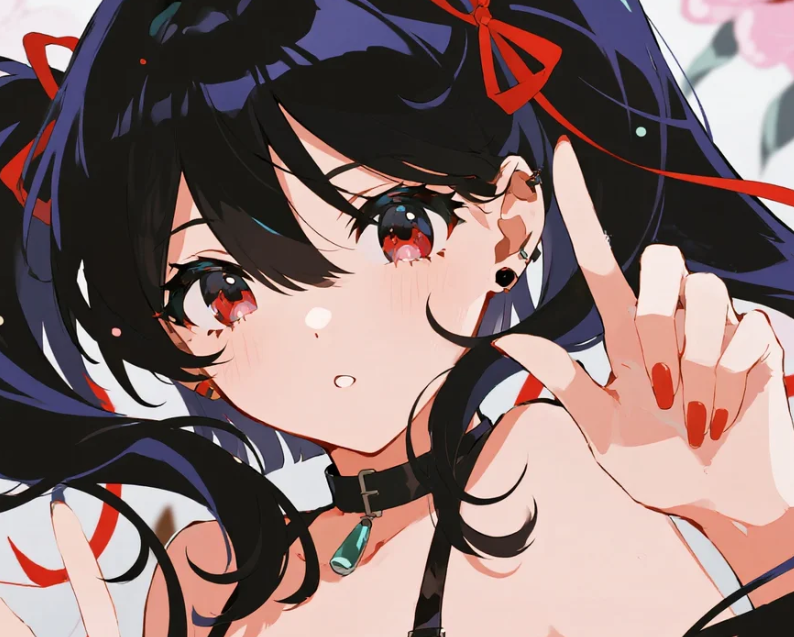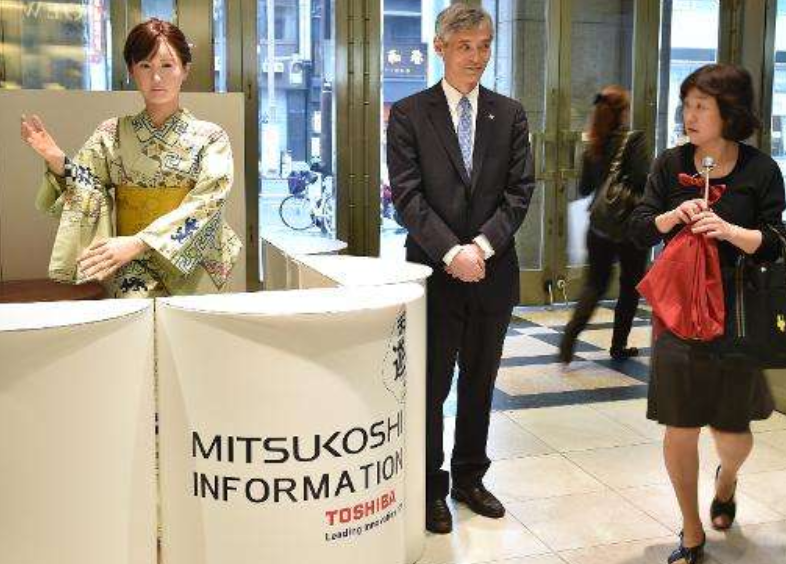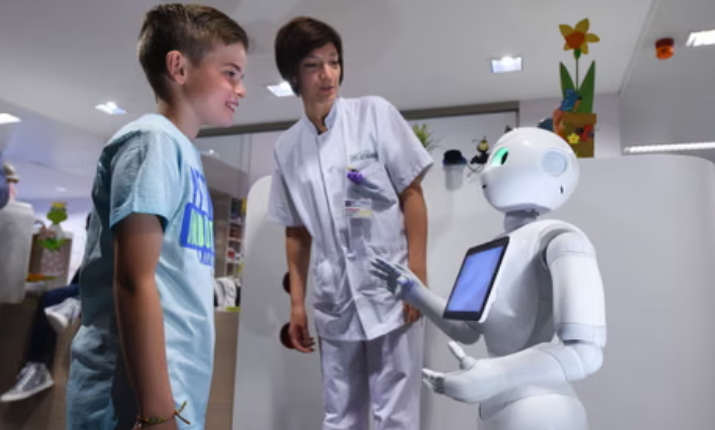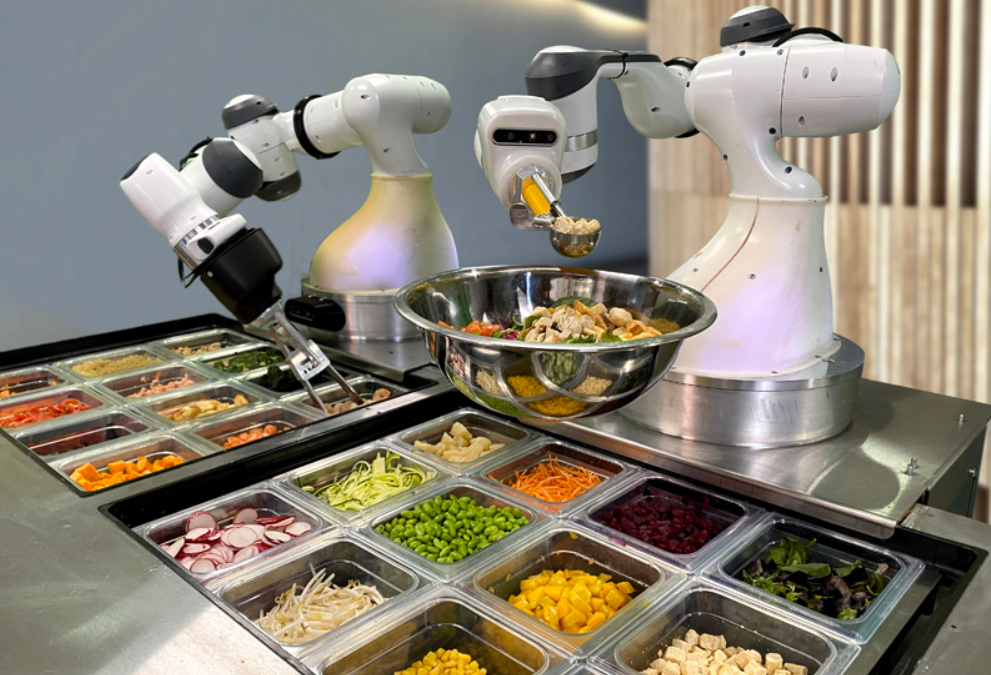Tired of your AI artwork screaming "I'm fake!" from a mile away? You're not alone! Learning how to make AI generated images look less AI generated has become essential for creators who want professional-looking results. Whether you're using Midjourney, DALL-E, or Stable Diffusion, there are proven techniques to transform obviously artificial images into convincing, natural-looking visuals that fool even the keenest eyes.
Why AI Images Look Obviously Artificial

Before diving into solutions, let's understand why AI generated images look fake in the first place. Most AI art tools have telltale signs that immediately give them away.
Common AI Image Giveaways
The biggest red flags include overly smooth skin textures, impossible lighting scenarios, weird hand positioning, and that distinctive "plastic" look that screams artificial. Eyes often appear lifeless or asymmetrical, and backgrounds frequently have that dreamy, unfocused quality that doesn't match real photography.
Technical Limitations
Current AI models struggle with consistent details, realistic textures, and proper physics. They often create images that look impressive at first glance but fall apart under closer inspection. Understanding these limitations is the first step to making AI art look more realistic.
8 Proven Techniques to Make AI Images Look Natural
Here are the most effective methods to improve AI generated image quality and create more believable results.
Master Your Prompt Engineering
The foundation of realistic AI image creation starts with better prompts. Instead of generic descriptions, use specific photography terms like "shot on Canon 5D Mark IV," "natural lighting," or "candid street photography." Include details about camera settings, lens types, and lighting conditions to guide the AI towards more photographic results.
Avoid overused AI art buzzwords like "highly detailed," "trending on ArtStation," or "8K resolution." These often produce that distinctive AI look you're trying to avoid. Instead, focus on describing the scene naturally, as if you're directing a real photographer.
Choose the Right Aspect Ratios and Compositions
One quick way to make AI images look less artificial is using realistic aspect ratios. Square images (1:1) often scream AI-generated, while standard photography ratios like 3:2 or 4:3 appear more natural. Experiment with portrait orientations and unconventional crops that mimic real photography.
Add Intentional Imperfections
Perfect AI images look fake because real life isn't perfect. Include prompts for subtle flaws like "slight motion blur," "natural grain," or "candid moment." These imperfections actually make images more believable because they mirror how real cameras capture the world.
Focus on Realistic Lighting
Lighting is crucial for creating natural-looking AI images. Specify realistic light sources like "window light," "golden hour," or "overcast sky." Avoid dramatic, impossible lighting scenarios that immediately signal AI generation. Study real photography to understand how light behaves naturally.
Post-Process Like a Pro
The magic often happens after generation. Use photo editing software to add realistic elements that AI struggles with. Adjust colour grading to match real camera profiles, add subtle noise or grain, and fix any obvious AI artifacts like weird hands or impossible anatomy.
Layer Multiple Generations
Instead of relying on single generations, create composite images using multiple AI outputs. Generate backgrounds separately from subjects, then combine them naturally. This technique helps avoid the "everything generated at once" look that's common in AI art.
Study Reference Photography
To make AI generated images more realistic, study real photography extensively. Analyse lighting patterns, composition techniques, and natural imperfections in professional photos. Use this knowledge to craft better prompts and identify what makes images look authentic.
Use Inpainting and Outpainting Strategically
Advanced AI tools offer inpainting and outpainting features. Use these to fix specific problem areas rather than regenerating entire images. Focus on correcting hands, faces, or other details that commonly reveal AI generation.
Platform-Specific Tips for Better Results
Different AI platforms require tailored approaches to reduce AI-generated appearance.
Midjourney Optimisation
For Midjourney users, experiment with different style parameters and chaos values. Lower chaos settings often produce more realistic results, while specific style references can guide the AI towards photographic rather than artistic outputs.
DALL-E Enhancement
DALL-E responds well to detailed, conversational prompts. Describe scenes as if you're talking to a human photographer, including context about the setting, mood, and desired outcome.
Stable Diffusion Tweaking
Stable Diffusion offers the most control through custom models and parameters. Experiment with different samplers, CFG scales, and steps to find settings that produce more photographic results for your specific use case.
Common Mistakes That Scream AI
Avoid these pitfalls when trying to create convincing AI images.
Over-Saturation and Perfect Symmetry
AI often produces overly vibrant colours and perfect symmetry that doesn't exist in nature. Dial back saturation and embrace asymmetry for more realistic results.
Impossible Details
Watch out for physically impossible elements like floating objects, inconsistent lighting sources, or anatomically incorrect features. These immediately reveal AI generation.
Advanced Techniques for Professionals
For users serious about professional AI image quality, consider these advanced methods.
Custom Model Training
Train custom models on specific photography styles or subjects. This approach requires technical knowledge but produces highly realistic results tailored to your needs.
Hybrid Workflows
Combine AI generation with traditional photography techniques. Use AI for concept development, then recreate scenes with real photography, or blend AI elements with photographed backgrounds.
Tools and Resources for Better Results
| Tool Category | Recommended Tools | Primary Use |
|---|---|---|
| AI Generators | Midjourney, DALL-E 3, Stable Diffusion | Initial generation |
| Post-Processing | Photoshop, GIMP, Canva | Refinement and editing |
| Upscaling | Real-ESRGAN, Waifu2x | Quality enhancement |
| Analysis | AI Detection Tools | Testing realism |
Frequently Asked Questions
Can AI detectors always spot generated images?
No, AI detection tools aren't foolproof. Well-crafted images using the techniques mentioned above can often bypass detection, especially when combined with proper post-processing.
Is it ethical to make AI images look real?
This depends on usage context. For creative projects, it's generally acceptable. However, always disclose AI generation when required and avoid using realistic AI images to deceive or spread misinformation.
Which AI platform produces the most realistic images?
Each platform has strengths. Midjourney excels at artistic realism, DALL-E 3 handles text and complex scenes well, while Stable Diffusion offers the most customisation options for achieving specific realistic styles.
How long does it take to master these techniques?
Basic improvements can be achieved immediately, but mastering natural AI image creation typically takes several weeks of consistent practice and experimentation with different approaches.
Mastering how to make AI generated images look less AI generated requires patience, practice, and attention to detail. By implementing these proven techniques, from better prompt engineering to strategic post-processing, you'll create images that seamlessly blend artificial intelligence with natural authenticity. Remember, the goal isn't to deceive but to create compelling visuals that serve your creative vision. Keep experimenting, studying real photography, and refining your approach to achieve consistently professional results that stand up to scrutiny.







